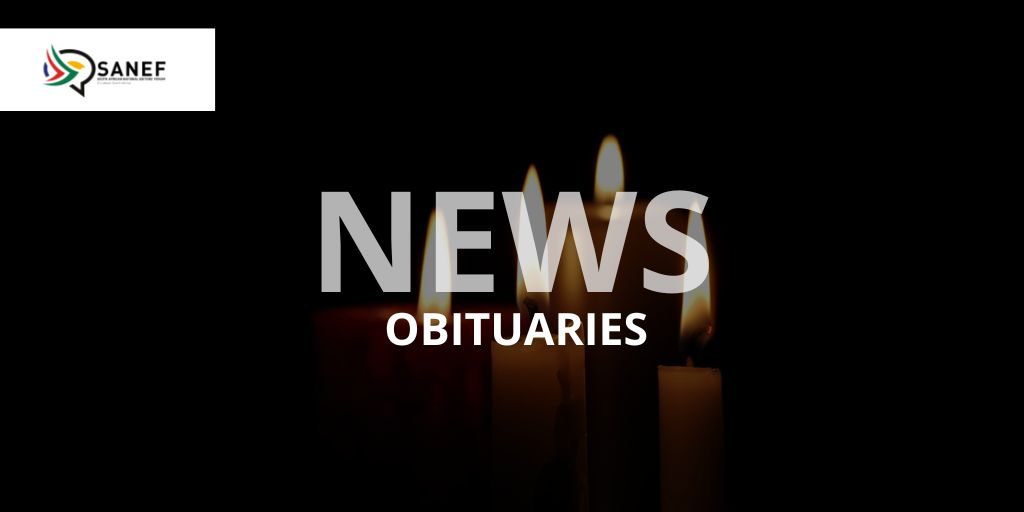Six Frequently Asked Questions about the New Occupational Journalism Qualification
TRAINING MATTERS
An occasional column from the Education & Training Sub-committee
Six FAQs about the new journalism qualification
Last weekend’s AGM heard news about the progress of the new national journalism qualification. But because not all SANEF members can get to all meetings, it was also clear that we as E&T need to do more, and between meetings, to spread the information. So, based on the questions that arose at that AGM, here’s a backgrounder that may help.
- “Why do we now need a journalism qualification? Aren’t my degree or experience good enough?”
There’s been a national journalism qualification, under the MAPPP Seta (sector education & training authority), since 2004. It’s not a replacement for academic journalism studies. Rather, it allows media-industry employers to reclaim the training levy they’ve paid, so they can fund the workplace-based training all employers need to do as they induct new entrants, whether from college or other backgrounds. The qualification sets benchmarks, to ensure that training meets newsroom needs and acceptable educational standards. The law requires all such qualifications to be revised periodically. The old MAPPP-Seta qualification has reached end of its term and the Seta structure has been rationalised, so what we’re creating now is a replacement qualification in this new context.
- “So what’s changed?”
All Setas are now under a Department of Labour body: the QCTO (Quality Council for Trades and Occupations), making it much clearer that this is an industry qualification, with industry having an important voice in whether it’s fit for purpose. That’s why SANEF involvement is so vital. Journalism is now located in the information technology (MICT) seta. Because of the historic links across the media, publishing and paper industries in South Africa, the seta for that sector too (FP&M) is a close and valued partner in the qualification initiative.
- “Is this new qualification the same, better or worse than the previous one”?
As we (SANEF E&T representatives, plus roleplayers from QCTO and other training bodies) reworked the qualification during 2016/7, we improved quite a lot. SANEF E&T has for the past dozen-plus years been logging complaints about the old qualification. It used an arcane vocabulary, and rested on a very complex system of registration, record-keeping and reporting, which many employers and newsroom trainers found off-putting. It also had limited provision for the changing (digital/multimedia) nature of our profession, and was pitched at a National Qualification Framework (NQF) level that didn’t quite reflect the challenges of the job. The new qualification:
- Is designed for all journalists, with no limitations of platform, and accommodating new technology
- Is set at a slightly higher level on the NQF, which will also ease the industry’s interface with higher education journalism programmes
- Has replaced much of the vocabulary and reporting requirements that made organising newsroom training programmes and reclaiming training levy so complex and difficult.
- “You’re telling us about the gains. But surely it wasn’t all plain sailing?”
No. The old seta landscape was changed because, among other reasons, there had been some abuses. This included abuse of the previous assessment system, which had been entirely internal and run by employers in each enterprise. Though media houses weren’t guilty of this, all QCTO qualification must now include an element of standardised, external assessment to ensure it doesn’t happen again. So assessment of journalists trained by media houses will now require them to pass a national exam, administered by an external body. This will, however, be closely related to the portfolio of published work trainees amass during their training, and will focus on genuinely useful knowledge such as media law. SANEF is playing the major role in designing the exam, in partnership with the consultants SANEF appointed, Fray Intermedia.
- “So we’re licensing journalists now?”
Absolutely not! Media houses will be able to employ who they like, whether or not they’ve passed the exam. That’s why SANEF has resisted being a ‘professional body’ under the DoL, in the way, for example, that the chartered accountants’ body is. The exam gives employers an idea of how their trainees – and their training – are performing; and allows the QCTO to ensure funded training programmes meet their standards. But of course, the potential for the exam provision to be abused by any who seek to control the media does now exist. That’s why SANEF E&T subcommittee will be liaising closely with the media freedom subcommittee as this process moves forward.
- “What happens next”?
Developing the examination and training materials is being steered by Fray Intermedia and will be completed by the end of the year. There are regular consultation/update sessions, coinciding with SANEF meetings.
Please attend or make contact with these! It’s vital that SANEF owns this process. Because the old qualification was difficult to fully implement, and is lapsing, some media houses may in the hiatus have weakened their commitment to newsroom reporting and writing training. It’s up to us to put the word around about the new qualification, tell our employers that return of training levy will now happen within a new framework, and offer constant feedback on what’s happening in the process, so that it continues to meet industry needs.
Additionally, the official processes around registering programmes and reclaiming training levy are still structured to suit the old qualification, not the new one. We don’t control this, but we have been assured work is in progress to realign the paperwork on that too. We cannot predict how long it will take, but we have seen that genuine goodwill exists to get the job done.
For more information, contact:
- SANEF E&T Chair Tshamano Makhadi [email protected]
- Prudence Tlhale of frayintermedia our partners in this project, [email protected]
- Or any member of the E&T subcommittee



